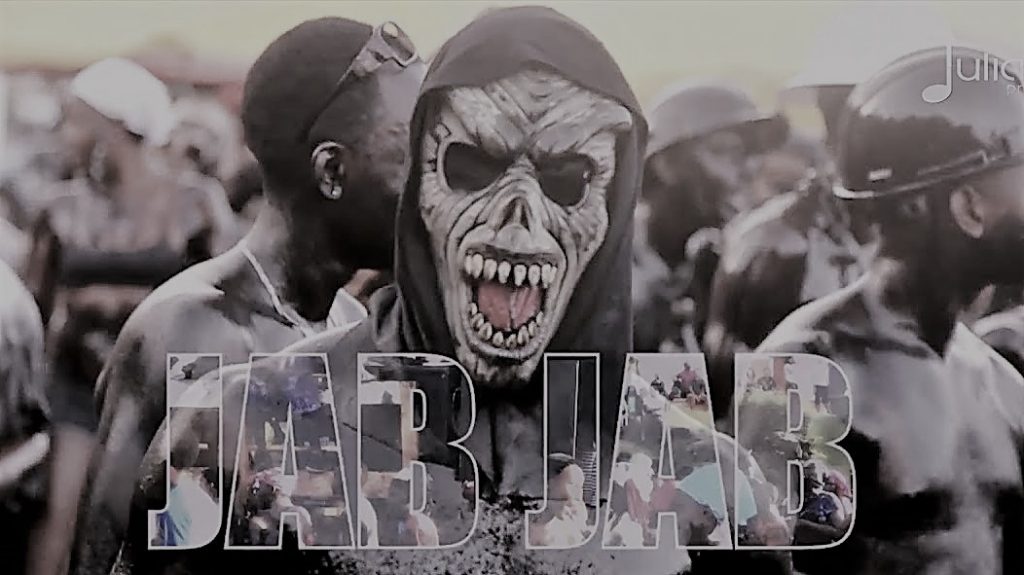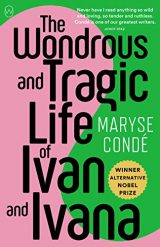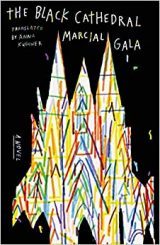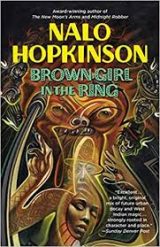
Black writers throughout the world grapple with the same question as Black American writers: How do we make money in a world which had once used our bodies as money? How do we thrive in a place – whether it be Guadeloupe, Canada, or Cuba – that had been our ancestors’ hell.
The global movement for racial justice intertwines with Loganberry Books’ celebration of Black Future Month. Afrofuturism, a multi-national movement, imagines a world in which the people of the African diaspora, a global underclass, continue to live and thrive. This American Life describes Afrofuturism as a way of looking at Black culture that’s fantastic, creative, and oddly hopeful.
Director of the Stanford Center for Racial Justice and University School alumni, Professor Richard Ralph Banks gave a lecture to his alma mater in July. Posed with the question whether U.S. citizens can look to another country as an exemplar of racial justice, he answered, “Not really. The United States is attempting something that has never been done.”
If racial equality ever exists, it will exist in the future.
We know the history of the 17th Atlantic slave triangle: land, labor, capital. Capital and finished goods flowed from Europe to west Africa where African people where captured as payment and investment. Enslaved Africans were shipped to American lands as conscripted labor to farm raw materials, such as sugar, cotton, and tobacco. Raw materials were transported to Europe for production and capital investment payments. The official end was 1853.
Modern novelists from the African diaspora query how today’s obstructions to the triangle – walls, detention centers, and anti-blackness – stint the flow of labor and capital. In an irony, new walls against immigration imperil the people who were the slave triangle’s abductees and source of capital. Black people are confined in places capital abandoned.
Here are three novels which explore Afrofuturism from a global vantage.
The Wondrous and Tragic Life of Ivan and Ivana, Maryse Conde (2020, translated from the French by Richard Philcox)

Fraternal twins Ivan and Ivana migrate from the French department Guadeloupe to Mali and finally to France, tracing backwards the slave trade. Ivana embraces French culture which Conde calls the “the effluvium of civilization” as she prospers in changing environments. Ivan, a strapping black youth, falls victim to French culture and becomes an increasingly violent adherent to radical Islamic terrorism. Think of the Paris bombings.
The novel is both an intellectual exercise and a page-turning thriller. Like most celebrated French authors, Conde is a literary snob. She references Victor Hugo, Flaubert, and Aime Cesaire and expects the reader to keep pace. The novel will appeal to people who enjoyed the Senegalese movie “Atlantics” (2019) which contemplates the fate of African men who migrate to Europe for work and the women left behind.
The Black Cathedral, Marcial Gaia (2020, translated from Spanish by Anna Kushner)

Black Cathedral is interesting. The setting is mostly the Cuban town of Cienfuegos which has its fractured divisions of middle class and poor, black, white and mulatto, the good side of the tracks and the bad, the creative class and the workers, foreign and native born. The characters are static; the book seems to be about what happens to those who stay in Cienfuegos, those who immigrate to other countries but carry their hectic homes in their hearts, and those who immigrate to forget the place.
Two things make Black Cathedral highly readable and suspenseful. First, the book is refreshing in its taut sense of real violence, not staged violence because the blood is real; every character is in imminent danger of physical harm. You turn the pages because you fear for them. Secondly, it overturns the idealized notion of Cuba as egalitarian society. Racial, gender, and class conflicts are complex and shifting, disappearing for a moment only to emerge relevant again. As a bookseller, I would recommend it to a reader drawn to the masculine perspective of Gabriel Garcia Marques, the religious iconoclasm of Salman Rushdie, and the national myth-busting of Naguib Mahfouz.
Brown Girl in a Ring, Nalo Hopkinson (1998, published originally in Canada)

People debate whether “Brown Girl in a Ring” is magical realism or fantasy. Let me say this: If you are a fan of the fantasy genre and a lover of the classic quest story, “Brown Girl in a Ring” is everything. This novel is for fans of Margaret Atwood’s “Oryx and Crake” and Olivia Butler’s “Parable of the Sower.”
The wealthy abandon Toronto, taking with them all investment in electricity, water, and roads and moving to the suburbs where they dwell behind armed barricades. A bad man, named Rudy, lords over post-riot Toronto from the CN Tower, enriching himself off its people’s desperation and harvesting organs. The hero, Ti-Jeanne, a young Jamaican immigrant mother, must harness the power of Papa Legba, the god of the crossroads, to take Rudy down. She has three days to break his calabash pot which is the voodoo equivalent of the Ring of Power. Go, girl.
